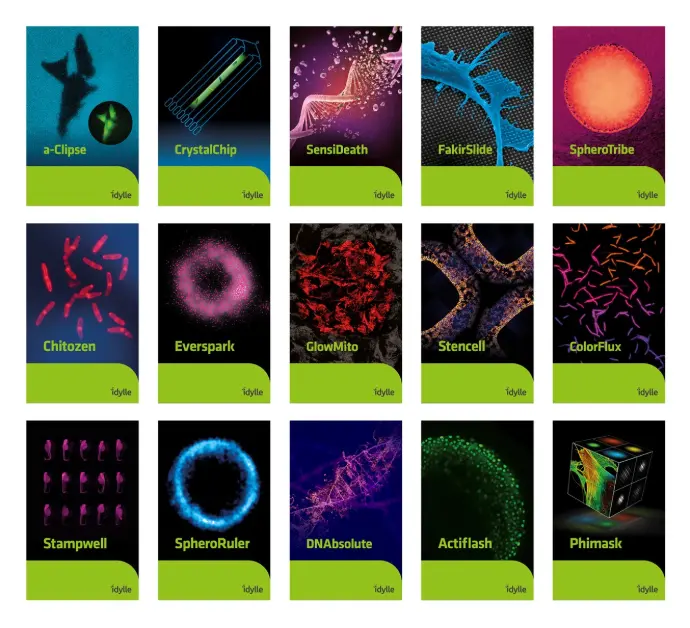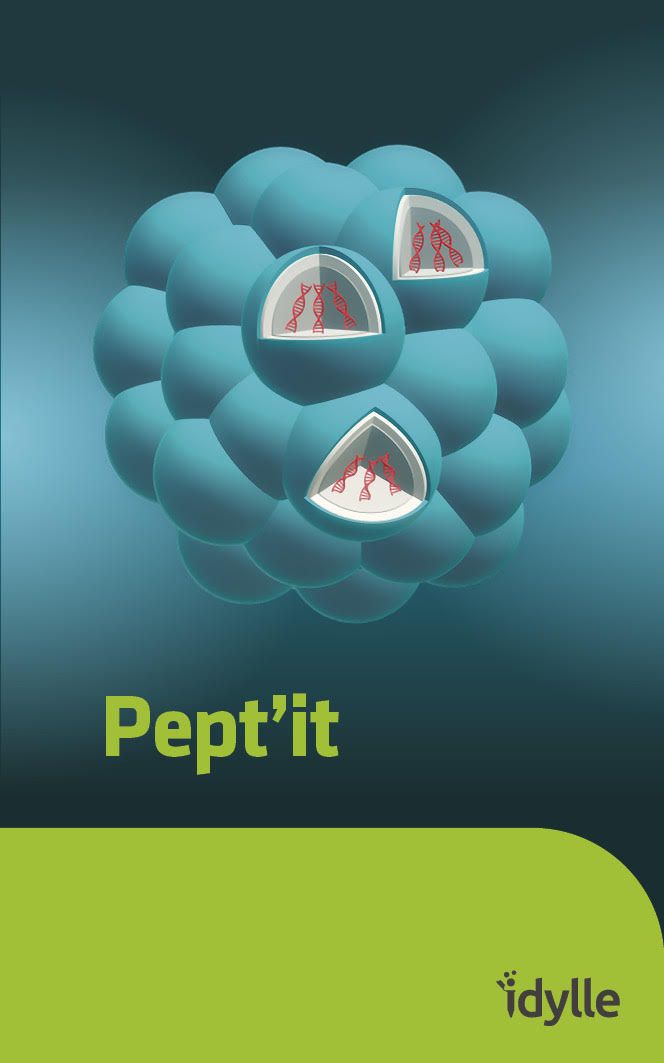
Prisca BOISGUERIN
Montpellier
Biography
"Trained as a biochemist, I received in 2004 my PhD in Biochemistry from the Free University of Berlin (Germany) on a comprehensive study on the characterization of PDZ domain/ligand specificity under the supervision of Profs. H. Oschkinat and J. Schneider-Mergener. Then, she joined the group of Dr. R. Volkmer (Charité – Berlin) as a post-doctoral fellow to further improve the chemical features of peptide library screening. In 2009, she joined the group of Prof. B. Lebleu at the University of Montpellier (France) to work on cell-penetrating peptides to vectorize oligonucleotides as therapeutics for Duchenne muscular dystrophin. In 2012, I was appointed as a junior researcher (CR1) at CNRS and in 2013 as co-PI at the Centre de Recherche de Biologie cellulaire de Montpellier (CRBM). I defended my accreditation to supervise research (HDR) in 2013. Since 2021, I am member of the INSERM Team N°4, "Development of the visceral smooth muscle and associated pathologies" at the laboratory Physiology and Experimental Biology of Heart and Muscles (PhyMedEexp)."
Research topics
My research topics are focused on the development of therapeutic peptides which could be cell-penetrating peptides or interfering peptides.

Several publications
Deshayes S, Konate K, Dussot M, Chavey B, Vaissière A, Van TNN, Aldrian G, Padari K, Pooga M, Vivès E, Boisguérin P*. (2020) Deciphering the internalization mechanism of WRAP:siRNA nanoparticles. Biochim Biophys Acta Biomembr. 1862(6):183252.
Boisguérin P, Covinhes A, Gallot L, Barrère C, Vincent A, Busson M, Piot C, Nargeot J, Lebleu B, Barrère-Lemaire S*. (2020) A novel therapeutic peptide targeting myocardial reperfusion injury Cardiovasc Res. 116(3):633-644.
Seisel Q, Deshayes S, Boisguerin P*. (2019) How to evaluate the cellular uptake of CPPs with fluorescence techniques: dissecting methodological pitfalls associated to tryptophan-rich peptides. Biochim Biophys Acta Biomembr. 1861(9):1533-1545.
Konate K, Dussot M, Aldrian G, Vaissière A, Viguier V, Ferreiro Neira I, Couillaud F, Vivès E, Boisguerin P, Deshayes S*. (2019) Peptide-based nanoparticles to rapidly and efficiently “Wrap’n Roll" siRNA into cells. Bioconj. Chem. 30(3):592-603
Aldrian G, Vaissière A, Konate K, Seisel Q, Vivès E, Fernandez F, Viguier V, Genevois C, Couillaud F, Démèné H, Aggad D, Covinhes A, Barrère-Lemaire S, Deshayes S, Boisguerin P*. (2017) PEGylation rate influences peptide-based nanoparticles mediated siRNA delivery in vitro and in vivo. J Control Release. 256:79-91.
Reverte M, Vaissiere A, Boisguerin P, Vasseur J-J, Smietana M*. (2016) RNase H-Assisted Imaging of Peroxynitrite in Living Cells with 5’-Boronic Acid Modified DNA. ASC Sensors ACS Sens. 1(8), 970-974.
Müller J, Triebus J, Kretzschmar I, Volkmer R, Boisguerin P*. (2012) The agony of choice: how to find a suitable CPP for cargo delivery. J Pept Sci. 18(5):293-301.
Vouilleme L, Cushing PR, Volkmer R, Madden DR*, Boisguerin P*. (2010) Engineering Peptide Inhibitors to Overcome PDZ Binding Promiscuity. Angew Chem Int Ed Engl. 49(51):9907-11.
Ay B, Landgraf K, Streitz M, Fuhrmann S, Volkmer R, Boisguerin P*. (2008) Using hydroxymethylphenoxy derivates with the SPOT technology to generate peptides with authentic C-termini. Bioorg Med Chem Lett. 18(14):4038-43.
Wiedemann U, Boisguerin P, Leben R, Leitner D, Krause G, Moelling K, Volkmer-Engert R, Oschkinat H*. (2004) Quantification of PDZ domain specificity, prediction of ligand affinity and rational design of super-binding peptides. J Mol Biol 343(3):703-718.
